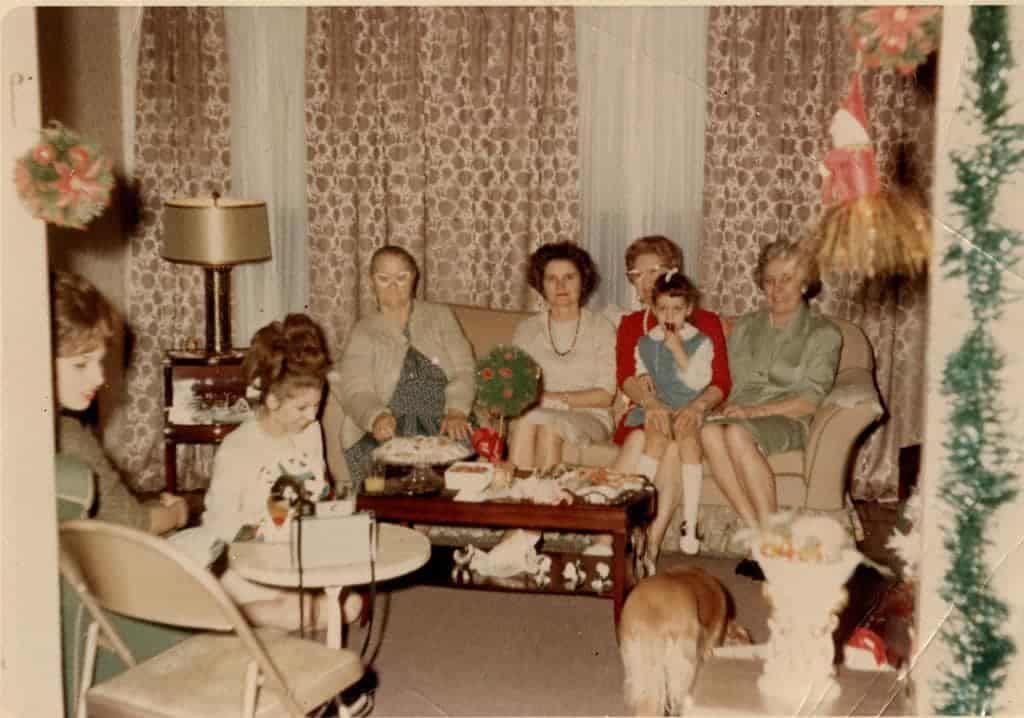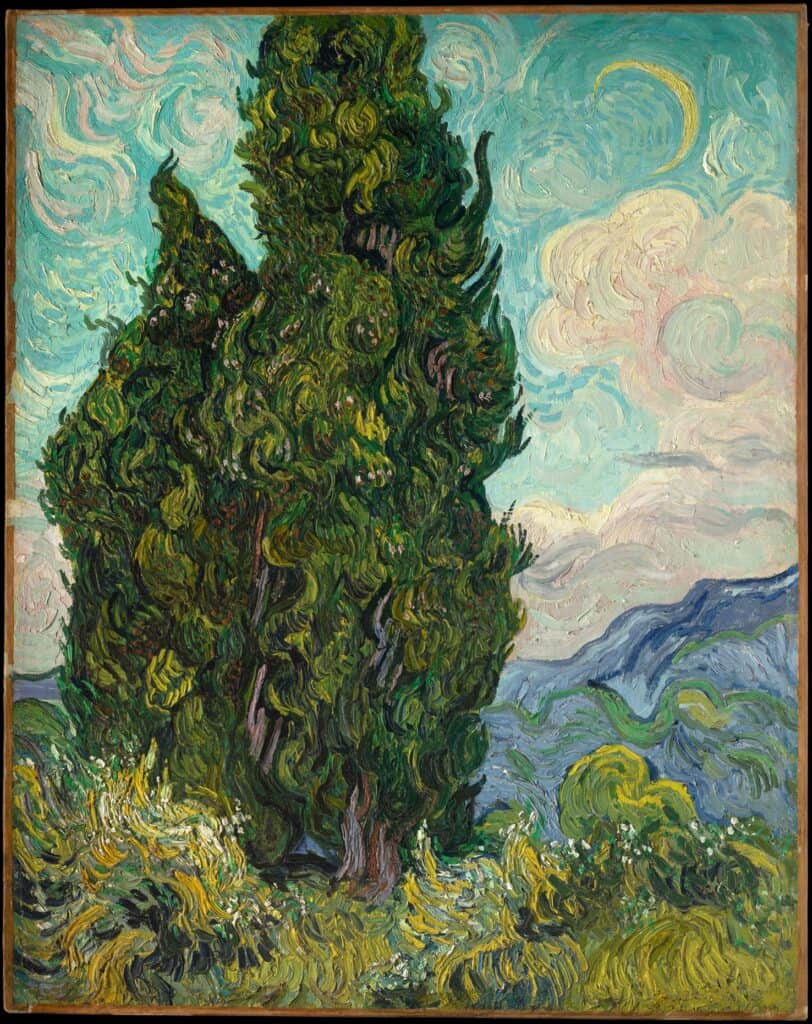When creativity intertwines with personal +/and spiritual healing, the healing power of art can become a profound therapeutic tool. This post explores the transformative journey of growth through art, focusing specifically on its therapeutic benefits for neurodivergent individuals. Discover how the expressive and immersive nature of art creates a unique path toward growth and self-discovery.
Obligatory disclaimer:
I’m not a doctor or other medical professional. You should have those and listen to them. This is a blog post from some rando on the internet. Yes, I’m an artist, a coach, a Witch, and Neurospicy. None of these qualifies me to give you medical advice. I can only tell you about my own lived experience. Art has been useful, healing, and enriches my life daily. I am an evangelist for the healing power of art! I believe that an artmaking practice can make everyone’s life better!
Understanding Neurodivergence:
Before we look into the therapeutic effects of art, we must understand neurodivergence. Neurodivergent individuals encompass a spectrum of neurological differences, including but not limited to autism, ADHD, dyslexia, and more. Each individual’s neurodivergence is unique, shaping their perceptions, experiences, and creative expressions. My neurodivergent experience is not yours, but we may have things in common.
The Healing Power of Art:
I believe that artistic expression has an innate ability to transcend verbal communication barriers, making it an ideal tool for neurodivergent individuals. Through various art forms like painting, drawing, sculpting, and more, individuals can communicate emotions, thoughts, and experiences that might be challenging to express verbally.
1. Sensory Integration:
For many neurodivergent individuals, sensory experiences can be heightened or challenging. Art provides a medium for exploring and regulating sensory input. The tactile nature of sculpting, the visual stimulation of colors, and the rhythmic motion of brushstrokes contribute to sensory integration, fostering a sense of calm and self-regulation. I personally am happier when I am surrounded by bright saturated colors. That may not work for you. I grew up surrounded by a world of beige and was a miserable child.

Yes, that is actually me in the blue dress.
I experience a profound contentment when my hands are in clay. I would not have known this if I hadn’t tried ceramic sculpting. There are so many different mediums available to us. Not all of them will work for you. Some you will reject right away. Some may work with modification. While I don’t want to make this all about me, I feel that sharing my experience may be helpful and relatable to you. I can’t touch chalk or pastel. The small hairs on the back of my neck are rising up as I type those words.
I can feel the memory of unpleasant sensations and the sounds that they make. Conversely, I absolutely LOVE PanPastels. They go on smoothly with their little sponge applicators. I don’t ever touch them. They are smooth and silent.
I also thought I hated drawing. I don’t. I hated pencils. My spouse is a comic book penciller. He works with pencils and erasers all day. It astonishes me. Pencils are almost as bad as chalk but not quite. I tried one of his expensive, premium Blackwing pencils and I was blown away. There was no scratchiness. It just glided across the surface of the paper without any resistance. Who knew that changing what pencil I used could make me like drawing?
I had an even better experience when I switched from the Blackwing pencil to an iPan and iPencil. It’s like what I imagine the drawing equivalent of ice skating to be. And no eraser crumbs! Win-win! So don’t be afraid to try different mediums, products, and technology. You might find something that is a better fit for you sensory-wise.
2. Self-Expression and Communication:
Art can serve as a powerful mode of self-expression, enabling us neurodivergent individuals to communicate our thoughts, feelings, and experiences without the constraints of traditional communication methods. Through the creation of visual narratives, we can share their unique perspectives and cultivate a deeper understanding of ourselves and others.
3. Emotional Processing:
Navigating complex emotions can be challenging for anyone but is often especially so for us. Art can offer a safe space for emotional exploration and processing. Creating art allows us to externalize and visualize our emotions, encouraging self-awareness and providing an outlet for the expression of joy, frustration, sadness, and many nuanced emotions.
4. Building Confidence and Self-Esteem:
Making art fosters a sense of accomplishment, and contributes to the development of confidence and self-esteem. As we see the tangible results of our creative efforts over time, we can gain a newfound appreciation for our unique abilities and strengths, which can make us feel better about ourselves. Remember though, it takes time to master any skill. Art is no different.
5. Enhancing Cognitive Skills:
Art is a holistic activity that engages various cognitive functions. As neurodivergent individuals, we often demonstrate unique cognitive strengths. Art can enhance our skills in areas such as spatial reasoning, pattern recognition, and attention to detail, offering a fun and therapeutic path for the development and refinement of cognitive abilities.
6. Creating a Daily Routine:
Incorporating a daily creative practice, whether art, writing, or music, creates predictability and structure. It can contribute to our emotional regulation and overall well-being. This daily routine can become for us a source of comfort and empowerment.

Vincent van Gogh, a Dutch painter thought to be neurodivergent.
These colors make me happy!
A daily creative practice can be a transformative and empowering journey for neurodivergent individuals. As we recognize the diverse ways in which artistic expression helps us to feel better, may we champion the integration of art into neurodivergent individuals’ lives, fostering self-discovery, emotional well-being, and a profound sense of empowerment. May the healing power of art paint a path toward growth, understanding, and resilience for all of us.
How I can help…
I’m Kymba and I’ve been on this path. I’m a creativity coach for the neurodiverse/those on the spectrum/who have ADHD, etc. I help you get past your block, and teach you how to make your wonderfully imperfect art with the constraints imposed by your alternative neuro-operating system, aging/changing body, or demands of your job, space, or caregiving. I teach people how to steal away the minutes that they need to start or maintain a daily artistic practice. I help people to find a way to make their authentic art and get it out there. And I help people to rediscover the Magick in their art.
Are you an artist on the spectrum?
I’d love to feature your art instead of some old dead guy’s. Reach out so we can make that happen.